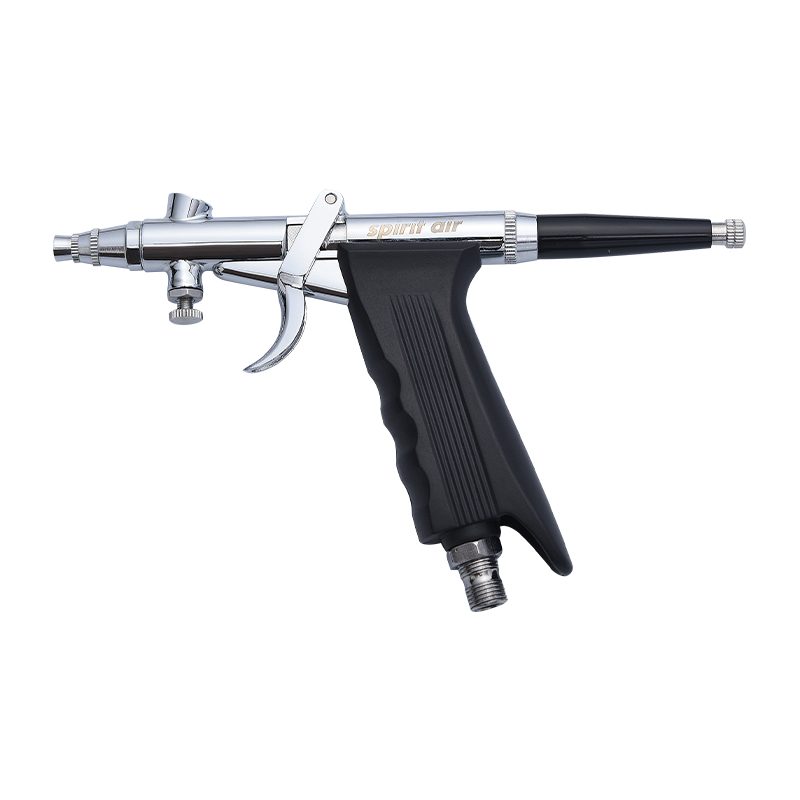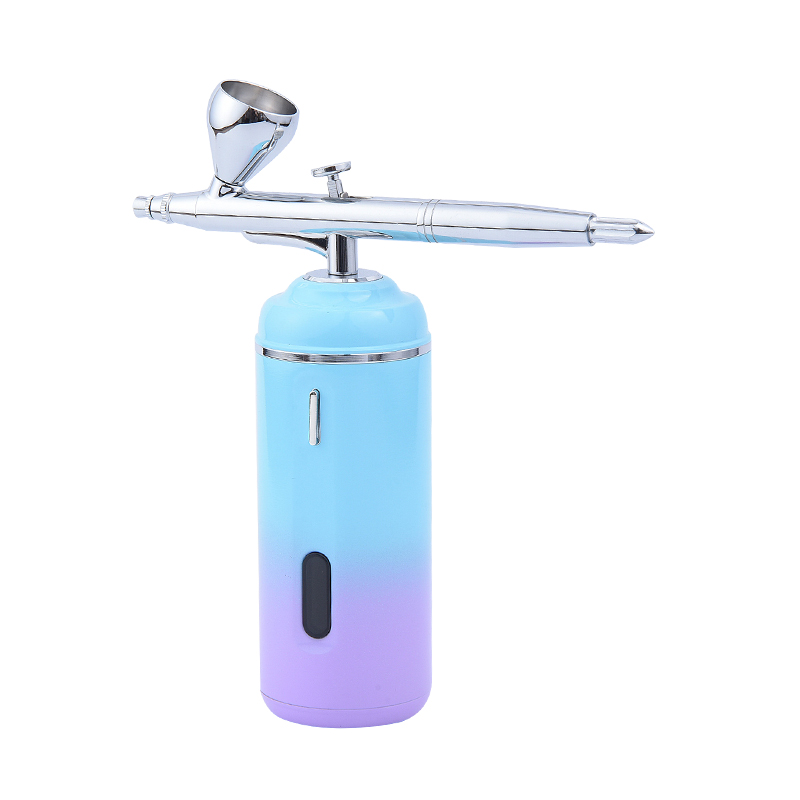Dec 15,2025
Mini airbrush compressors can create atomization effects, but their effectiveness and stability are limited by their characteristics:
Basic functions can achieve atomization:
The essence of atomization is that high-pressure gas tears liquid into tiny particles. As long as the mini compressor reaches the minimum air pressure required by the airbrush (usually lower), coupled with the precise structure of the airbrush nozzle and needle valve, it can theoretically produce a basic atomization effect.
Pressure stability is the core issue:
The vast majority of mini compressors are piston diaphragm or oil-free silent type, and their air pressure output is usually unstable (with significant air pressure fluctuations/pulses). This unstable airflow can directly lead to:
Uneven spray: the liquid particles have different sizes, and the fog appears intermittent, spots or stripes.
Difficulty in control: it is difficult to finely control the liquid output and spray shape, affecting the fineness of makeup and boundary treatment.
Insufficient continuous gas supply capacity:
Fast pressure decay: Mini compressor air storage tanks (if available) are usually small or non-existent (supplied directly by pistons/diaphragms). When spraying a little longer (such as spraying full face makeup), the air pressure will drop significantly, resulting in larger atomized particles, fatigue of spray and even splashing.
Thermal attenuation risk: (common for non professional design mini machines) Long term or repeated use, motor overheating can lead to a decrease in compressor efficiency, weakened air pressure output, and poorer atomization effect.
Noise and vibration affect control:
Although claimed to be 'silent', the mini machine still produces vibrations and noise during operation (higher than professional compressors). This may interfere with the stability of the operator's hands, especially when dealing with delicate areas such as the eye area and lip line, indirectly affecting the uniformity and accuracy of atomization.
Only suitable for specific low demand scenarios:
Small range/low precision operation: such as local powder blusher, simple body painting, model small parts spraying, etc.
Emergency or introductory exercises: Low requirements for makeup effects, limited budget, or only occasional use.
Unable to meet professional requirements, such as requiring uniform and delicate full face base makeup, high saturation makeup, fine lines (such as simulated hair, patterns), or long-term continuous work.
The compatibility of the airbrush itself is crucial:
Even if the compressor barely meets the standard, if the airbrush (especially the nozzle diameter) does not match the air pressure/volume of the compressor (such as the nozzle being too large), the atomization effect will deteriorate sharply or even fail. Mini compressors are usually only suitable for airbrushs with specific small-diameter nozzles.
| Aspect | Mini Compressor Capability | Impact on Atomization |
| Basic Function | Yes, generates airflow | Can initiate atomization at very low pressure/thin mediums. |
| Air Pressure Stability | Typically POOR (pulsating/unstable airflow common). | Causes inconsistent spray: spattering, streaks, uneven particle size. |
| Air Volume (CFM) | Generally LOW & diminishes quickly during sustained spraying. | Weakens spray force; droplets become larger/coarser; poor coverage over larger areas. |
| Continuous Output | Limited duration; prone to overheating & further pressure drop during extended use. | Atomization quality degrades significantly over time; unusable for prolonged work. |
| Tank Type | Often tankless (direct drive) or very small tank. | Amplifies pulsation/instability; no air reserve = immediate pressure drop. |
| Control Precision | Difficult due to inherent instability & low reserve. | Fine lines, gradients, or detailed work become unreliable/impossible. |
| Suitable Applications | • Spot touch-ups• Very small areas• Low-viscosity mediums only• Non-critical work | Inadequate for professional, detailed, or large-area work requiring smooth, even finish. |
| Professional Use | NOT recommended. Lacks stable, consistent airflow required for true, controllable atomization. | Cannot replicate the smooth, even mist of a pro-grade compressor setup. |






